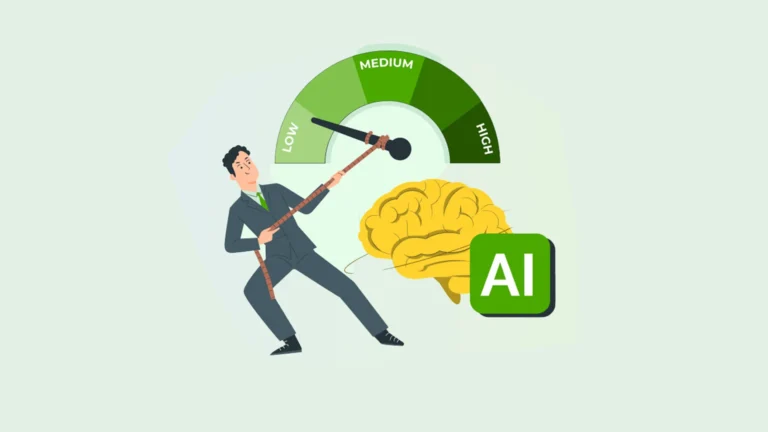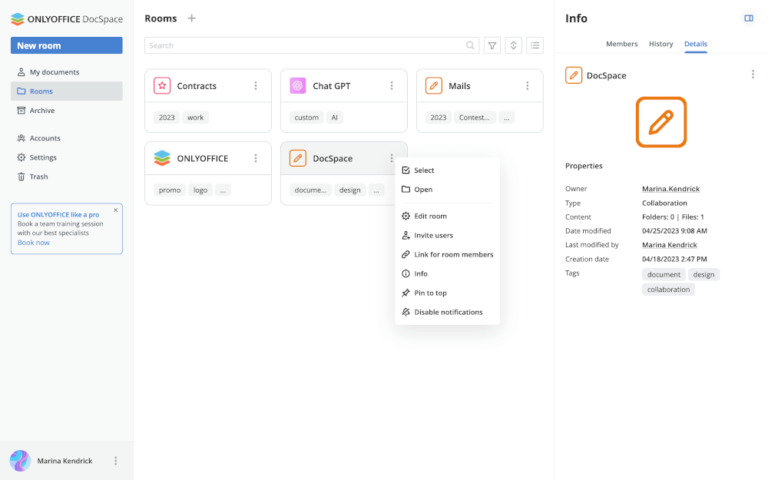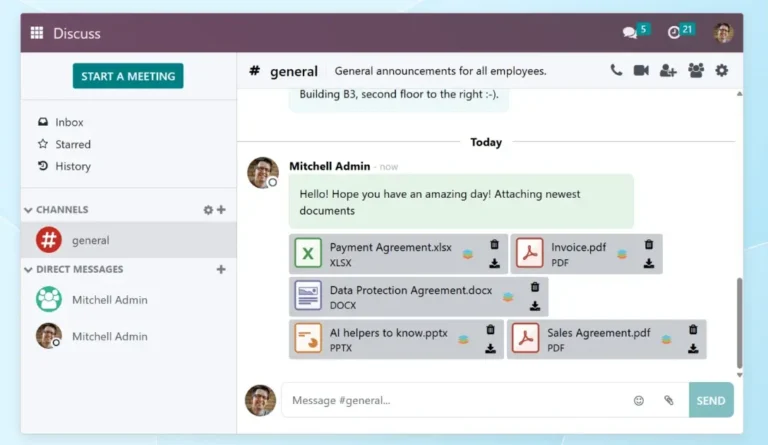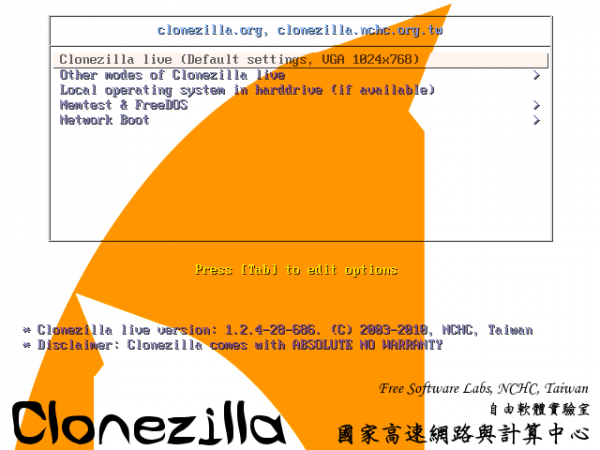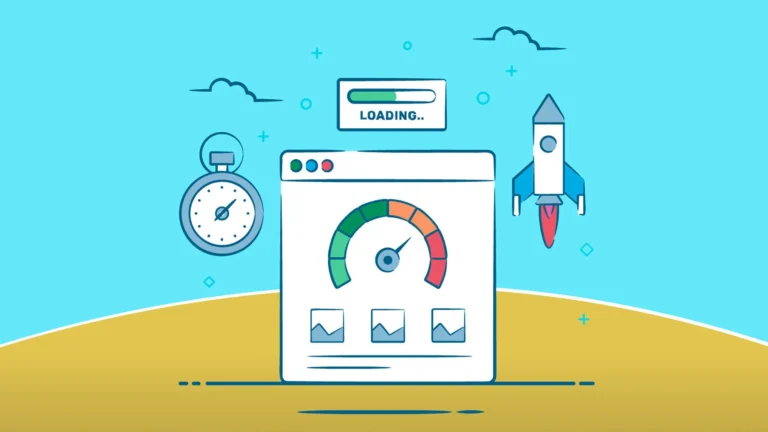In 2025, enterprise digital ecosystems are rapidly evolving. For large organizations, the focus is on agility, omnichannel content delivery, and scalable performance. The traditional CMS model is being challenged, leading many enterprises to adopt enterprise WordPress headless architectures, resulting in measurable outcomes.
Enterprises using enterprise WordPress headless solutions are experiencing significant improvements in agility and performance. The traditional monolithic CMS model, where the content management system, theming layer, front-end, and back-end are tightly integrated, no longer meets the demands of modern digital experiences. Headless architecture decouples the backend content repository (WordPress) from the presentation layer, allowing content delivery across multiple channels, rapid experimentation, and easy scaling.
This article explores what headless WordPress means for enterprises, why it’s gaining popularity in 2025, and presents a detailed case study showcasing the transition, results, and business impact. If you’re responsible for digital transformation, marketing operations, or web architecture at an enterprise level, this piece addresses your challenges.
What Is Headless WordPress?
Headless WordPress architecture involves using WordPress as a content repository (backend) while separating it from the front-end “head” (theme, UX, presentation). WordPress manages content, editorial workflows, user roles, media, and APIs (such as REST or GraphQL). A separate front-end framework, often React, Next.js, or Vue, fetches content via API and renders it to users.
Compared to traditional WordPress setups, where WordPress handles theming, templating, and front-end rendering, the headless model offers greater flexibility in content delivery. Enterprises can optimize for speed, deliver consistent experiences across web, mobile, IoT, or digital signage, and integrate with modern front-end frameworks preferred by marketing or product teams.
For example:
– WordPress remains the content management system, allowing editorial teams to use familiar workflows.
– A REST API or GraphQL endpoint exposes content data.
– The front-end is built using modern JavaScript frameworks and deployed on CDN or serverless infrastructure for high performance.
In short, a headless WordPress architecture allows enterprise websites to evolve beyond traditional CMS limitations, giving development teams the freedom to innovate while preserving editorial ease.
Why Enterprises Are Moving to Headless WordPress
Why is this trend gaining traction among enterprises today? A recent WP Engine study found that 64% of enterprise organizations are already using a headless approach, and over 90% of those not yet using it plan to evaluate headless solutions within the next 12 months.
Key pain points enterprises face and how headless WordPress addresses them include:
1. Performance and page-speed bottlenecks. Traditional CMS systems struggle under heavy traffic, dynamic content, or complex frontend needs. Enterprises need sites that load instantly, support high concurrency, and deliver seamless engagement across devices.
2. Rigid content workflows and multi-channel limitations. Many enterprise CMS setups struggle to publish effectively across web, mobile apps, digital kiosks, or emerging channels like smart devices. A headless model simplifies omnichannel delivery.
3. Innovation speed and developer constraints. When CMS and front-end are tightly coupled, every change (theme, plugin, CMS upgrade) adds risk and slows iteration. Decoupling allows front-end teams to iterate independently and faster.
4. Scalability and integration demands. Enterprises must integrate with CRMs, marketing automation, analytics, digital asset management (DAM) systems, and more. A headless WordPress backend makes it easier to connect via APIs and microservices.
Because of these factors, companies are increasingly choosing headless WordPress as their enterprise CMS solution. According to a Human Made white-paper, headless WordPress is “a great move for organizations with large teams, keen to deliver omni-channel experiences for their users.”
Case Study: Enterprise Success Story
Let’s explore a detailed case study to illustrate how this works in practice. For confidentiality, we’ll present this as an anonymized but realistic enterprise scenario:
Background
“AlphaCorp,” a global enterprise (5000+ employees, operations across 30 countries), was running a traditional WordPress multi-site network supporting over 120 regional and business-unit websites. Over time, the following issues emerged:
– Front-end performance was sluggish—page load times often exceeded industry benchmarks, especially across mobile devices and multiple geographies.
– Content deployment across regions was slow; local teams used workarounds, manual processes, and disparate systems, hampering agility.
– Multi-channel ambitions (web + mobile app + digital signage) were limited by the monolithic CMS architecture.
– Integrations with CRM (Salesforce), marketing automation, and a global DAM were brittle and slow to evolve.
With digital transformation underway and competitors launching more agile experiences, AlphaCorp decided to adopt an enterprise WordPress headless architecture.
Solution
AlphaCorp partnered with their digital agency and internal architecture team to implement the following:
– Retain WordPress as the backend—content authors and editors continued using the
